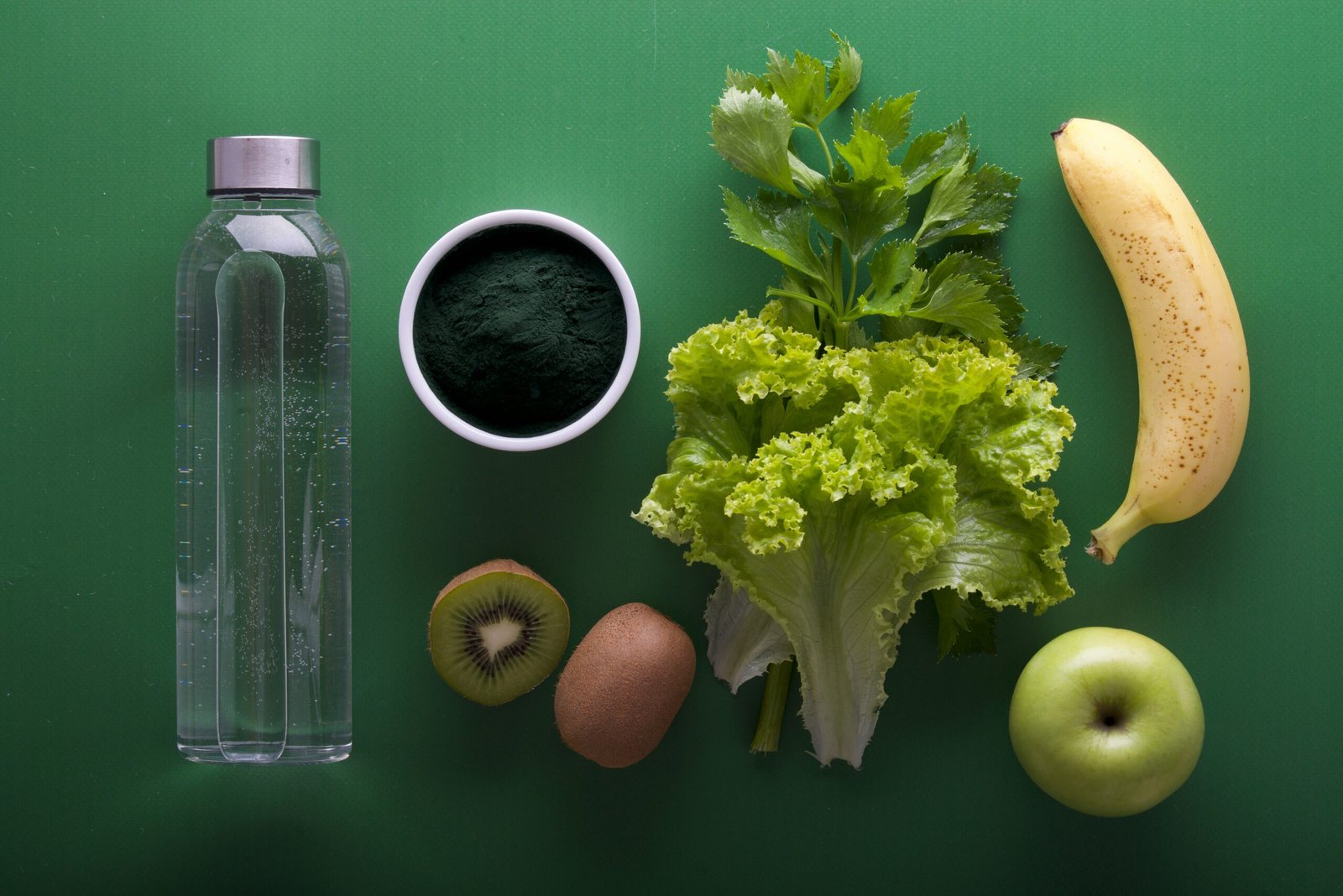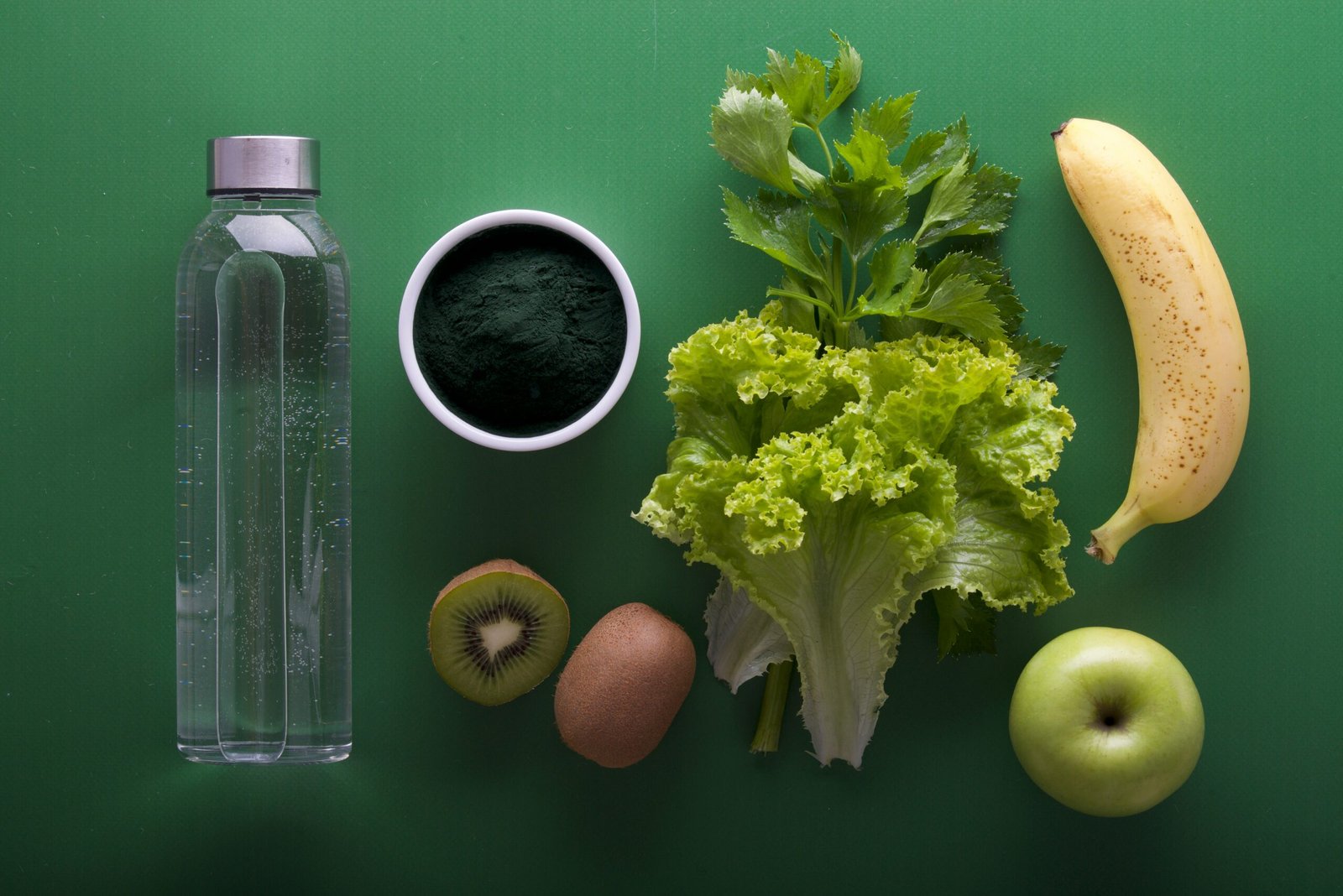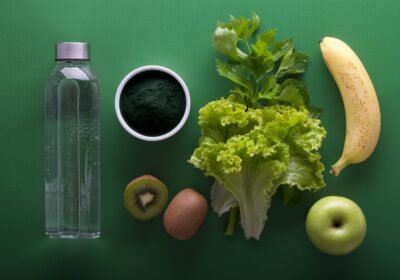Cuban Health Revolution: Embracing Whole Foods for Optimal Wellness
The Rise of Whole Foods in Cuban Diet
In recent years, Cuba has witnessed a significant shift in its dietary patterns, leaning increasingly towards whole foods as a cornerstone of optimal wellness. This transformation can be attributed to a combination of social, economic, and health-related factors that have encouraged the population to embrace natural and unprocessed ingredients. Whole foods, defined as items that are minimally processed and free from artificial substances, have gained prominence in everyday Cuban meals, positively impacting the nutritional status and overall health of the populace.
The traditional Cuban diet, historically reliant on a mix of carbohydrates, fats, and proteins, is being revitalized through the inclusion of whole foods, such as fruits, vegetables, legumes, nuts, and grains. These ingredients are rich in essential nutrients, vitamins, and minerals, essential for maintaining health and preventing chronic diseases. By prioritizing whole foods, Cubans are not only enhancing their nutritional intake but also reducing their vulnerability to prevalent health risks associated with processed foods, such as obesity, diabetes, and cardiovascular diseases.
This dietary revolution is further supported by governmental initiatives and community programs aimed at promoting local agriculture and sustainable food practices. By increasing access to fresh produce and encouraging the cultivation of traditional crops, the Cuban population is fostering a culture of health that prioritizes wellness over convenience. Moreover, this movement has led to a renewed appreciation for the culinary arts, where home-cooked meals featuring whole foods are celebrated as both healthful and culturally significant.
In summary, the rise of whole foods in the Cuban diet illustrates a transformative journey towards healthier eating habits. The emphasis on natural and unprocessed ingredients has not only improved nutrition but has also reduced health risks, making it a significant trend in the pursuit of optimal wellness in Cuba today.
Key Ingredients: Cuba’s Nutritional Powerhouses
The Cuban diet is renowned for its emphasis on fresh, whole foods that not only nourish the body but also promote overall wellness. Central to this diet are the vibrant fresh fruits and vegetables that shine with flavor, providing essential vitamins, minerals, and antioxidants. Staples such as tropical fruits, including guava and papaya, are commonly consumed, offering a light, refreshing source of nourishment and boosting the immune system.
Another pivotal element of the Cuban diet is legumes. Beans, lentils, and chickpeas serve as a vital protein source, offering a plant-based alternative that supports muscle growth and maintenance. Rich in fiber, these legumes contribute to digestive health and help in regulating blood sugar levels, making them an excellent choice for maintaining energy throughout the day. They are often incorporated into traditional dishes, reflecting the cultural significance they hold.
Whole grains, such as brown rice and whole wheat bread, further enhance the Cuban diet’s nutritional profile. These grains are unrefined, retaining their natural nutrients and fiber, which are crucial for digestive health and satiety. The slow release of carbohydrates from whole grains promotes stable energy levels, preventing the spikes and crashes associated with processed alternatives.
In recent health trends, there has been a growing appreciation for these key ingredients as people become more aware of the benefits of whole foods. For example, embracing a diet rich in these natural powerhouses is pivotal for individuals seeking to improve their overall health. By incorporating a variety of fresh fruits, legumes, and whole grains into daily meals, Cubans are taking significant steps toward sustainable wellness and longevity.
Cuban Lifestyle Changes: More Than Just Diet
The transformation within the Cuban health narrative extends beyond dietary choices and delves deeply into lifestyle changes that collectively promote well-being. Central to these shifts is an increase in physical activity, driven partly by the nation’s commitment to building a healthier populace. Various community initiatives encourage citizens to incorporate exercise into their daily lives, whether through organized sports, dance, or communal gardening. Such activities not only improve physical fitness but also foster social connections, reinforcing the community’s role in personal health.
Furthermore, the Cuban approach to eating has evolved to emphasize community-focused dining experiences. Eating together is becoming increasingly normalized, creating environments where social interactions flourish while encouraging healthier food choices. Meals are often shared among family and friends, emphasizing the significance of nutritious foods and their preparation as a collective effort. This cultural aspect enhances the enjoyment of whole foods, reducing dependence on ultra-processed options that carry significant health risks. This communal practice ensures that dietary habits are not just individualized but are collective choices that support mutual encouragement towards healthier living.
Additionally, sustainable agricultural practices are gaining traction across Cuba, significantly influencing dietary habits and overall health. Farmers’ markets are becoming popular hubs for fresh produce, enabling residents to access locally sourced foods. This shift not only supports national agriculture but also minimizes environmental impacts associated with food transportation. By consuming seasonal and local products, the Cuban population is adopting a lifestyle that respects ecological balance while promoting nutritional quality. The intertwined nature of diet, community, and sustainability embodies a holistic approach to health, showcasing how lifestyle changes complement dietary shifts in the quest for optimal wellness.
How to Incorporate Cuban Health Tips into Your Routine
Adopting trending Cuban health tips can enhance your wellness journey, primarily through the integration of whole foods into your daily diet. A fundamental aspect of the Cuban health revolution is the emphasis on fresh, locally sourced ingredients, which can easily be incorporated into your routine with a few straightforward strategies.
Start by exploring your local farmer’s markets or produce stands to find fresh fruits and vegetables reminiscent of those popular in Cuban cuisine. Staples such as sweet potatoes, black beans, and plantains are versatile and can serve as the foundation for numerous dishes. Consider creating a weekly meal prep schedule that allows you to batch-cook beans and grains, ensuring you always have wholesome choices on hand.
In addition to meal prep, it is beneficial to familiarize yourself with simple Cuban recipes. For instance, a popular dish called “Ropa Vieja” utilizes shredded beef alongside bell peppers, onions, and tomatoes, all simmered in a savory sauce. You can easily adapt this recipe by substituting the beef with lentils or chickpeas for a plant-based version while maintaining the dish’s essence. Pair it with a side of sautéed malanga or yuca for complete nutrition.
Furthermore, emphasize the importance of hydration by incorporating traditional Cuban beverages like “aguas frescas,” which are refreshing fruit-infused waters. These not only provide hydration but are made from natural ingredients, reinforcing your commitment to whole foods.
Finally, keep exploring and experimenting with Cuban cuisine. By introducing new flavors and healthful ingredients into your meals, you can successfully embrace and benefit from the Cuban health tips tailored for optimal wellness. This approach not only promotes a healthier lifestyle but also enriches your culinary experiences.









